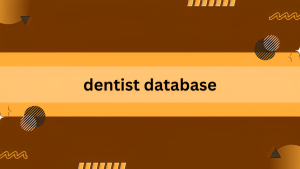In most scenarios where large-scale language models are used, in order to meet enterprise or customize needs, LLM is usually used together with retrieval-augment generation (RAG) technology.
This method can meet the needs of internal use of enterprises in most cases. However, not all situations can be solved by RAG alone the enterprise data context, so LLM needs to be fine-tune.
Currently, most methods of fine-tuning LLM can be roughly divided into two types: one is to use an AI server with an internal GPU the enterprise data context, and the other is to use a cloud service.
Model fine-tuning is also possible on Azure AI Studio. Fine-tuning on the platform refers to supervise fine-tuning rather than continuous pre-training or reinforcement learning through human feedback.
Supervised fine-tuning is the process of retraining a pre-train model on a specific data set the enterprise data context, with the goal of improving the model’s performance on a specific task or introducing information that was not adequately represented when the base model was originally train.
But what is Azure AI Studio?
Azure AI Studio is a comprehensive AI portal platform dentist database that brings together multiple Azure AI related services into a unified development environment. Azure AI Studio combines the following capabilities:
- Model catalog and prompt flow development capabilities of the Azure Machine Learning service.
- Azure OpenAI service’s generative AI model deployment, testing, and custom data integration capabilities.
- Integration with Azure AI services including speech, vision, language, file intelligence and content security.
Through cloud computing
Azure AI Studio can train models according epic marketing is the way forward to needs and flexibly develop internal AI projects within the enterprise to meet needs without the need to prepare or build AI hardware.
It would be better if it could provide local download function like Hugging Face.
Fine-tuning a large language model locally is a tedious and multi-process task, while fine-tuning via the cloud is relatively simple.
However, there are a few points that need to be not during the fine-tuning process. These are explain in detail on Microsoft’s official website the enterprise data context, which I think has high reference value.
Fine-tuning is an advance feature, not the starting point of the generative AI journey. You should already be familiar with the basic concepts of using LLM and start by evaluating the performance of the base model, using hint engineering and/or RAG to obtain a baseline of performance.
Having a performance baseline without fine-tuning is essential to understand whether fine-tuning improves model performance.
Fine-tuning with incorrect data can make the base model worse the enterprise data context, but without a baseline it is difficult to detect regression.
You may be ready to fine-tune if:
– Can demonstrate evidence and b2b fax lead knowledge of tip engineering and RAG methods.
– You have insufficient knowledge or understanding of how fine-tuning applies specifically to LLM.
– You have no baseline measure to evaluate the fine-tuning.
Whether in the cloud or on the ground, fine-tuning requires certain cost considerations, especially the pre-training cost is relatively high.


